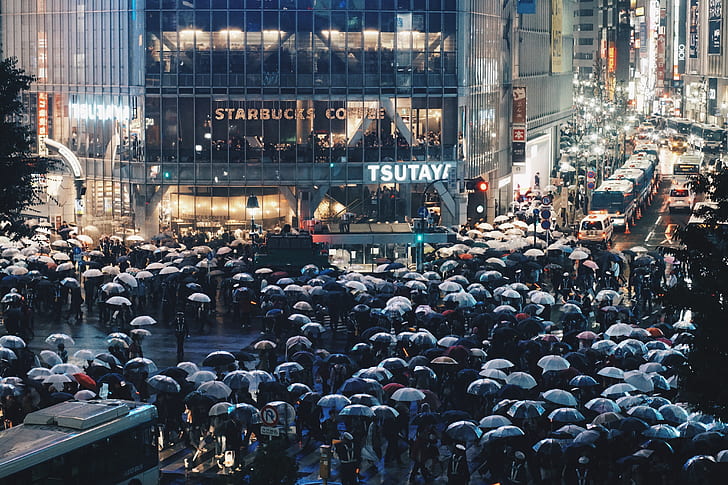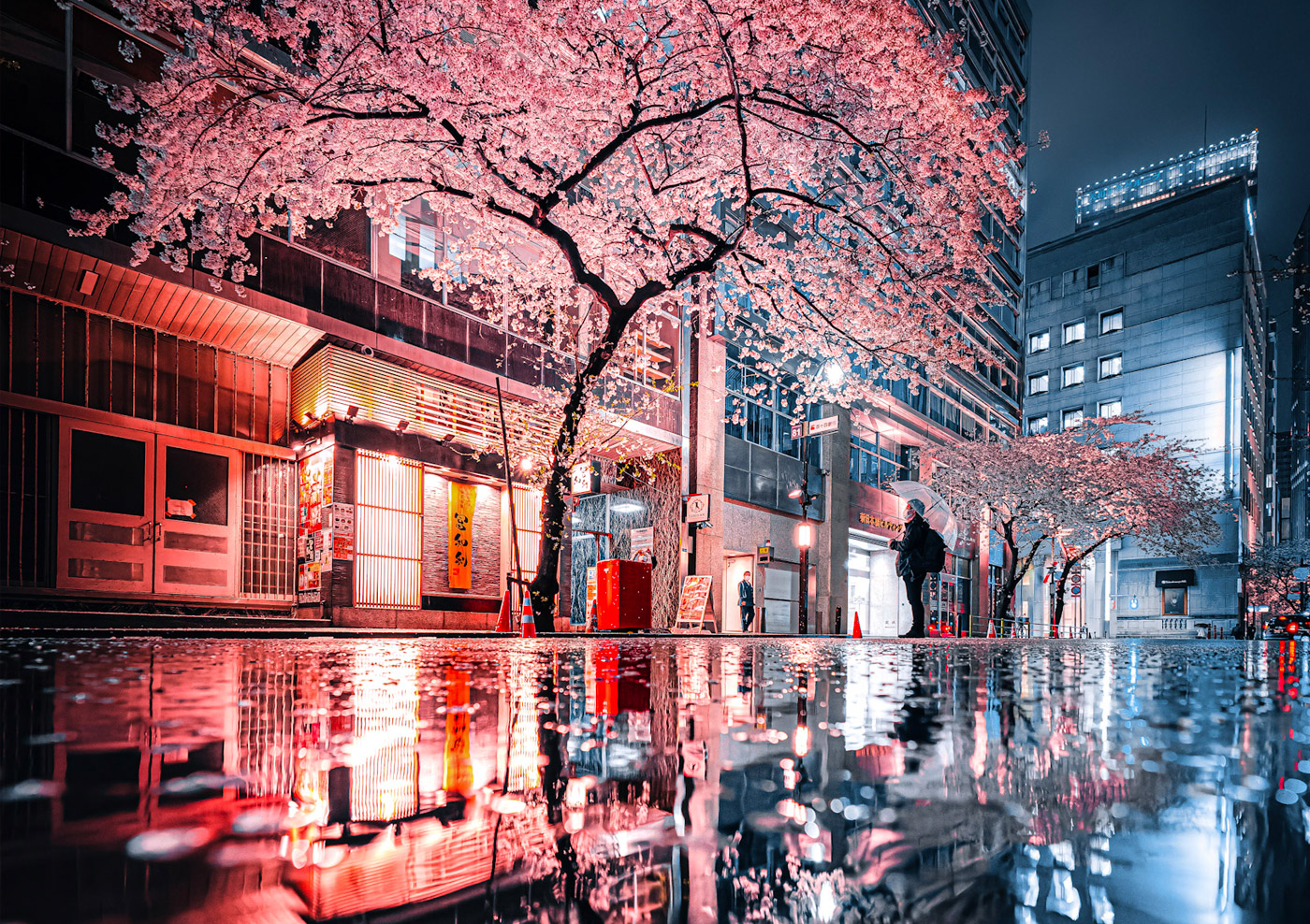
I have never purchased an umbrella. Not in Japan, not in any country. I have certainly been gifted the odd umbrella from estranged relatives, with kawaii decals that somehow link to my personality, but never have I ever offered cash in exchange for a rain shelter on a stick.
I don’t like them. They are either wonderfully compact, resulting in the complete inability to offer any protection from any genuine elemental assault, or unbelievably cumbersome, rendering them far too inconvenient to carry around based on the premise that it might rain. This unwieldiness will ensure it winds up forgotten at a ramen joint or karaoke bar.
And how much trust can we place in the weather report anyway?
What is a 20–60% chance of rain? Should I take my pocket sized flimsy pop-up, or my walking-stick-style golf umbrella? Do we all really need to have a selection of rainproof accessories to protect us?
The wonderful answer that seems relevant only in Tokyo is: no.
Welcome to the Tokyo Umbrella Exchange.
When I arrived in Tokyo three years ago, I lived with a Japanese friend that I met at university in Melbourne. She introduced me to the system. “It’s simple,” she told me. “There are more umbrellas in Tokyo than people. Adding another one into the mix is not just environmentally irresponsible. It’s socially negligent.”
Initially, it was the idea of not having to go out and invest in my own brolly that I loved, but, as the rainy seasons come and go, I have come to love the implicit brilliance of the scheme.
How many times has your evening lasted longer than anticipated only to find yourself at an izakaya in a sudden downpour? You can wait for it to subside but you might miss the shuden [last train]. Is there a brolly-equipped vending machine close by? Not needed. You are part of a system that exists exactly for these moments.

The clear plastic ¥100 brolly is a gem. There are always at least four in the stand by any door, and no one who leaves one at the entrance ever expects to get the same one back. Sure, you might sometimes grab a slightly up-market plastic brolly—perhaps a ¥300 yen one—but the upgrade is as regular as the downgrade. Sometimes we unintentionally upgrade; sometimes the nomihodai does it for us. It’s a perfectly balanced system; no guilt required.
It does require honesty, but in this fair city, that’s the precise reason why it is such an effective rotation.
So who are the rogues who apparently shun this perfect kasa cycle and obstinately wrap dozens of forgotten umbrellas into neat bundles on the trash pile? And more importantly, why do they do it?
I’ll tell you why: to upgrade.
Those plastic brollies are not green on the environmental scale and they were never designed to last forever. And sometimes, it would be socially immoral to take your dying hyaku-en-er out and intentionally switch it with some unassuming pedestrian. That’s what the gomi-brolly is there for. Think of it as an unmanned swap meet. You take your umbrella, pocked with holes and popped spokes, slip it into the pile, and exchange it with a nice upmarket wooden-handled black beauty. It’s that simple. You are back in the game. Not only that, you are at the top of the ladder. When I find a particularly lucrative pile, I do my neighbors a favor and upgrade them, too. Sometimes, I just add a few to their doorways to ensure the longevity of this cyclical system.
My first Tokyo umbrella was given to me in this way, when a lovely izakaya owner dug into his cupboard and gifted me a forgotten beauty. It was army green with a yellow handle. I think I managed to actually own it for about three weeks before I left it somewhere. And the next time it rained, I realized the regime was bigger than me. How often do we venture out in the rain only to return home during a dry spell? Who needs the burden of remembering to collect their posh brand-name umbrella on the way out? Revel in leaving your Tokyo Exchange Brolly behind for the next person on the next rainy day, because you know someone else on the other side of the city is doing exactly the same thing. It’s the kind of unflawed balance that keeps delicate ecosystems from malfunctioning.
Add one to the system and you’re a member for life. And I gotta say, it’s one of the most effective clubs I have ever joined.





